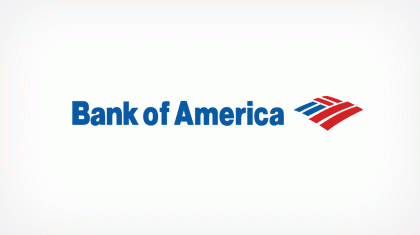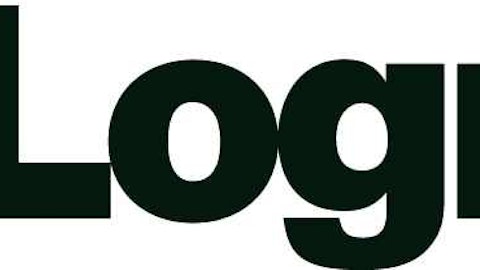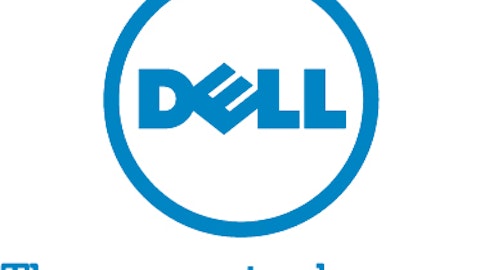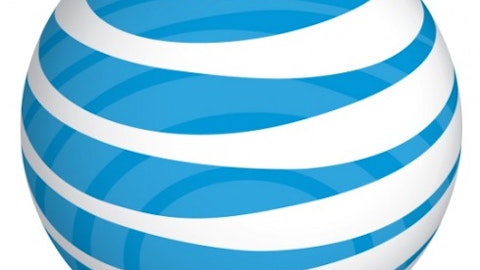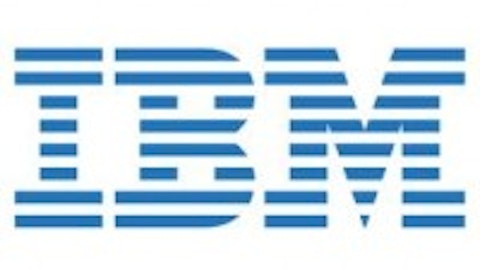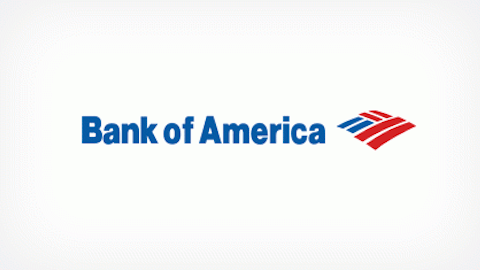Two big macroeconomic stories are weighing on the market’s collective consciousness today. First, China released trade numbers for June that FT Alphaville called (sign-up required) “almost unremittingly bad” because “they missed expectations by a long way, and the details did nothing to provide reassurance.” China is due to release second-quarter GDP numbers next Monday, and today’s numbers suggest “China might actually miss its growth target for the first time in 15 years.”
Back home in the U.S., investors are hotly anticipating the 2 p.m. EDT release of the minutes of June’s Federal Open Market Committee meeting. The outcome of the meeting — the Federal Reserve’s announcement that it expects to begin reducing its monthly bond purchases, a.k.a. “quantitative easing,” this year — roiled stock and bond markets last month. As such, investors will be looking for the smallest clue regarding the manner or timing of this rollback, but I don’t expect there will be anything substantive beyond what we already know from the meeting statement and press conference. Fed Chairman Ben Bernanke made it clear that the central bank expects to begin “tapering” this year based on its current outlook for the economy, but he said the implementation of the tapering is entirely dependent on how the economy and the Fed’s outlook evolve.
U.S. stocks are flat this morning, with the S&P 500 at breakeven and the narrower, price-weighted Dow Jones Industrial Average up 0.11% as of 10:05 a.m. EDT.
Regulators get tough on big banks
Conventional wisdom is that the banking industry “owns” its regulators, but while regulatory capture is a genuine problem, today’s news suggests that regulators have not been de-fanged yet. U.S. regulators are proposing constraints on big-bank balance sheets that are nearly twice as onerous as those put forward by international regulators.
Regulators including the Fed and the FDIC want to put a leverage floor of 5% on so-called “systematically important” institutions, calculated as a ratio of equity to total assets. Importantly, this ratio treats all assets similarly and doesn’t allow banks to apply risk weightings to different assets according to their perceived riskiness.
The new international Basel 3 framework calls for a lower minimum leverage ratio of 3% — equivalent to 32-to-1 leverage. As FDIC chairman Martin Gruenberg remarked, that ratio “would not have appreciably mitigated the growth in leverage among these organizations in the years preceding the recent crisis.”
The proposal would affect eight U.S. banks designated as systemically significant under new rules. They are Bank of America Corp (NYSE:BAC), The Bank of New York Mellon Corporation (NYSE:BK), Citigroup Inc (NYSE:C), Goldman Sachs Group Inc (NYSE:GS), JPMorgan Chase & Co. (NYSE:JPM), Morgan Stanley (NYSE:MS), State Street Corporation (NYSE:STT) and Wells Fargo & Co (NYSE:WFC).
As leverage comes down, so, too, does returns on equity. The upside? As the largest banks are put on more of an equal footing leverage-wise, it will become more clear which ones are more adept at wringing profits out of their balance sheets.
The article Big Banks Aren’t Getting Away With It That Easily originally appeared on Fool.com.
Fool contributor Alex Dumortier, CFA has no position in any stocks mentioned; you can follow him on LinkedIn. The Motley Fool recommends Wells Fargo. The Motley Fool owns shares of Wells Fargo.
Copyright © 1995 – 2013 The Motley Fool, LLC. All rights reserved. The Motley Fool has a disclosure policy.
